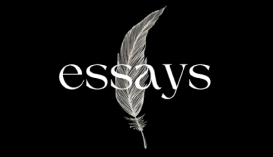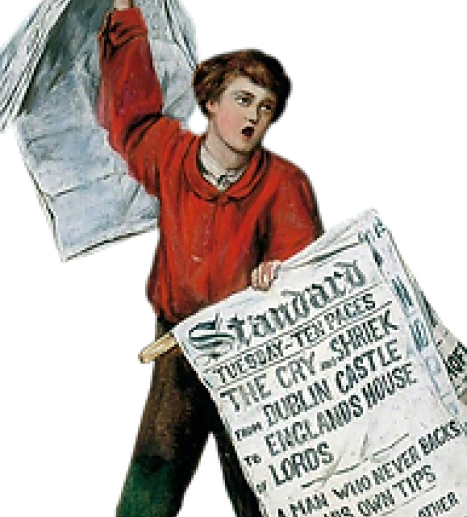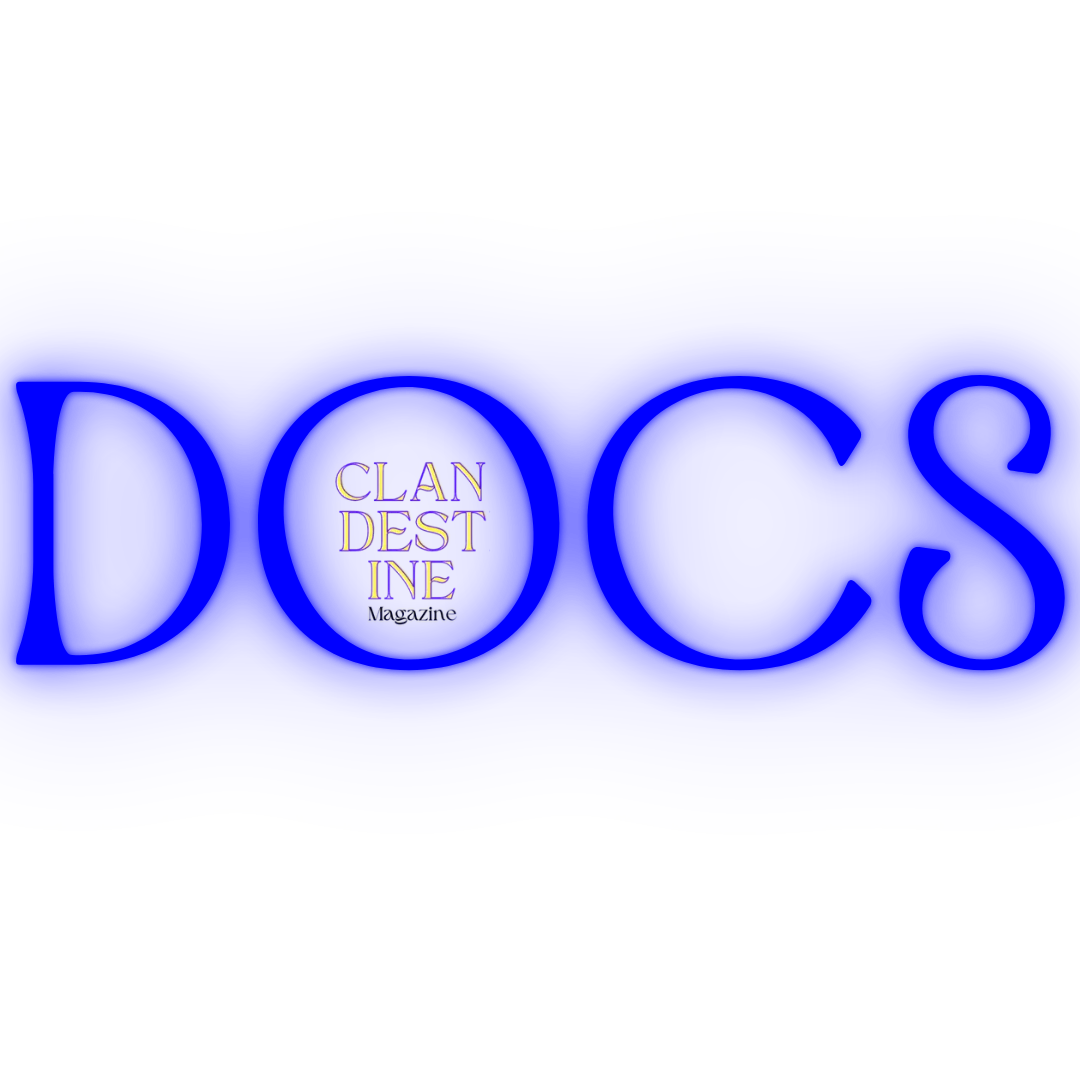The Haitian scholar Michel-Rolph Trouillot once observed, “Silences are inherent in history… something is always left out while something else is recorded.” The esea contemporary attempts to rewrite these silences and showcase the artwork and voices of the East and Southeast Asian community both in Manchester and globally.
The esea contemporary (formerly known as the Centre for Chinese Contemporary Art) is a unique space in the heart of Manchester’s iconic Northern Quarter – home to one of the largest East Asian populations in the UK. It is the only non-profit art centre in the UK dedicated to exhibiting and revealing artists and art practices shaped by and connected to East and Southeast Asian (ESEA) cultural backgrounds. The centre not only features distinctive and significant artworks in its small space but also hosts events and workshops, including an ArtClub, film screenings and drawing sessions. These events foster a strong sense of community aligned with the gallery’s ethos. What began as a community arts festival in 1986, esea contemporary has now grown into a vibrant and dynamic space for cross-cultural exchange within the British art scene and the global context.

The current Director, Xiaowen Zhu, who joined the gallery’s mission in 2022, is no stranger to curating and promoting numerous contemporary exhibitions. Previously, she has worked all over the world in locations such as Shanghai, New York, Los Angeles, London and Berlin before settling in Manchester and shaping the work at esea contemporary. When queried about the importance of focusing on East and Southeast Asian artworks, particularly in the British context Zhu stated, “East and Southeast Asian perspectives are a valuable part of the British story, and the global story… we have a responsibility to foreground pluralistic narratives and empower individuals to shape their own histories”.
esea contemporary believes that modern art acts as a catalyst for enhancing the visibility of communities that have historically been silenced. The current ‘Voicing the Archive’ project showcases a series of commissioned audio-visual works that reimagine the stories of early Chinese migration to Britain – a history that has been systematically erased from national narratives and pushed to the margins of official records.
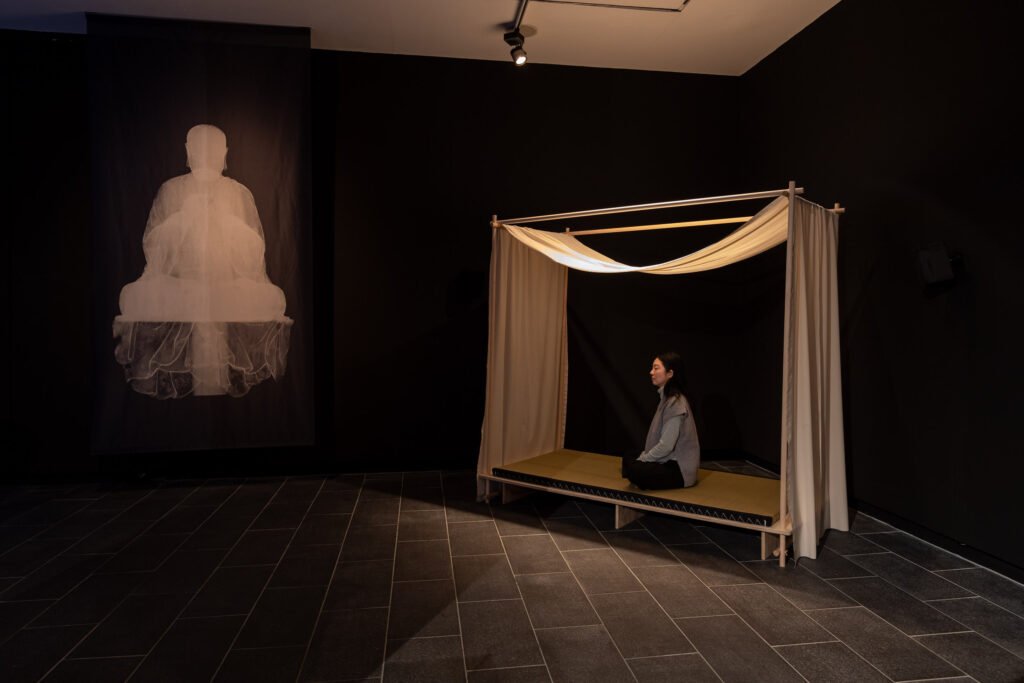
The archive draws on Saidiya Harman’s method of ‘critical fabulation’, a process combining historical research with speculative storytelling to restore agency to lives lost in histories of slavery and colonialism.
Often referred to as Britain’s ‘silent’ minority, Chinese communities have been an integral part of British society for more than three centuries, yet they remain largely unseen and unheard in public and political life. It is perhaps no coincidence that the history of Chinese migration, intimately tied to Britain’s colonial past, has been systematically erased from national narratives.
The importance of this project is imperative to the gallery and captures the esea’s values and mission: giving a voice to the communities of ESEA and their diasporas. The artists involved in this project were invited to create original works from archival materials that resonate with their own migratory histories. Their sound and moving-image pieces explore intimate connections and personal triumphs. Examples include the story of the first Chinese British citizen in 1805, the vanished multi-ethnic world of Liverpool’s Pitt Street, and the sonic legacies of indentured labour across Britain’s imperial ports.
Zhu ensures that the gallery “prioritises boundary-pushing work and remains dedicated to presenting and commissioning exceptional artistic productions that foster dynamic and critical exchanges across cultures and communities.” Discussing her curation methods, Zhu describes it as a “creative act… taking in many influences, explorations, and conversations. We stage both group and solo exhibitions, each with its own unique origin story. All our exhibitions are informed by our organisational values of creativity, compassion and interconnectedness.” The gallery avoids prejudice against using solely renowned artists. Instead, Zhu uses the gallery to “platform a range of creatives and art practices.” The esea contemporary has showcased the works of acclaimed artists like Jane Kaisen, who held her first UK solo exhibition at esea contemporary last year, alongside emerging local artists who may be represented through more intimate installations or via their programme of artistic events.
Currently, the gallery is displaying a collaborative exhibition dovetailing several artists’ work to display one of Europe’s foremost institutional collections of Asian Art. Combining contemporary artworks and juxtaposing them with ancient artefacts on loan from MOA (Museum of Asian Art) ‘Shadow and Void: Budda10’, displays Buddhist sculptures ranging from the seventh to eighteenth centuries CE. The exhibition features artworks from Shigeru Ishihara, Lee Mingwei, LuYang, Sun Xun, Sinta Tantra, Wu Chi-Tsung, and Zheng Bo.
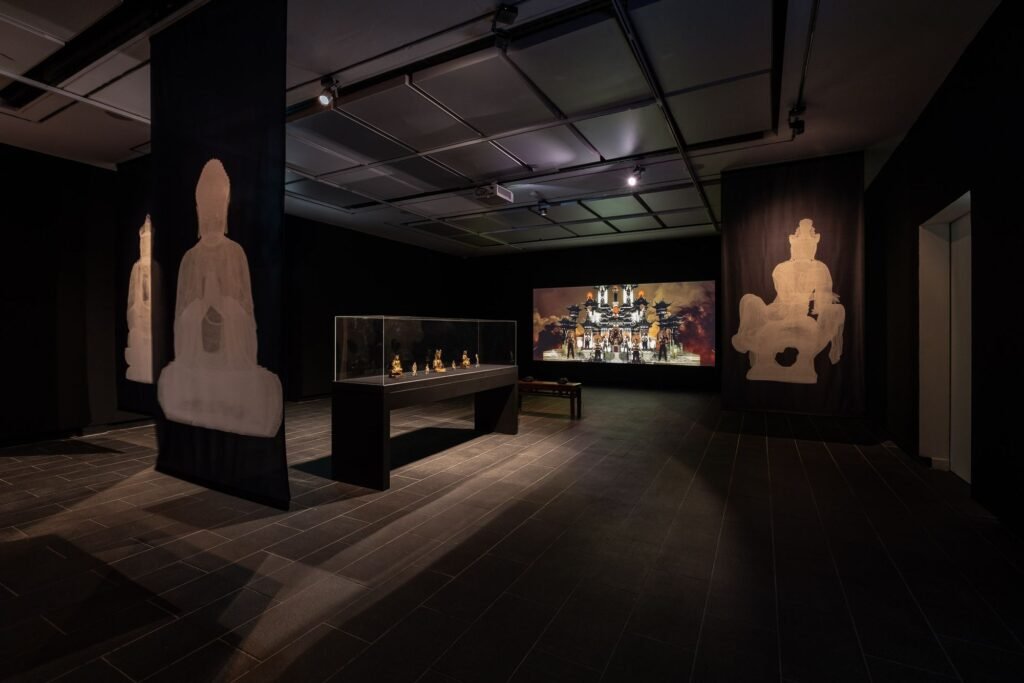
Questioning Zhu about the story behind the project, and what she hopes the public will take away from it, she stated, “We hope our visitors will enjoy engaging with a dialogue that bridges traditional reverence with the immediacy of contemporary art, celebrating both preservation and reinvention through interdisciplinary engagement”.
It is the project’s first international iteration, journeying from Turin- Italy’s historic centre and automotive hub – to Manchester, the birthplace of the Industrial Revolution which Zhu felt was “very fitting”.
The esea contemporary goes beyond showcasing modern Asian works and hopes to inaugurate interest in the communities behind the art. As well as creating a welcoming space in their physical gallery, they reach out to audiences globally through digital channels and online events. The director asserted, “We are conscious of our location in the heart of Manchester, home to one of the largest East Asian populations in the UK”. As a result, a particularly engaging session offered by the gallery is the esea ArtClub which is an arts program designed for East and Southeast Asian residents of Manchester aged over fifty. The ArtClub participants can engage in artmaking, socialise, explore arts and culture venues across Greater Manchester and indulge in the preparation and enjoyment of Asian cuisine. They also offer a programme dedicated to the Hong Kong (BN)O community named ‘Moving Forwards, Sideways’.

The gallery’s primary goals in the coming years remain to “empower artists, curators, academics, and cultural practitioners whose work reflects, investigates, and is informed by topics that are relevant to the East and Southeast Asian community at large”, expressed Zhu. They hope to achieve this through their forward-thinking programmes that “beyond exhibitions also include commissions, research, residencies, publishing, and a wide range of public events”.
Defining a successful exhibition for any gallery is intricate. However, for the team at esea contemporary, their mission is evident. Zhu states, “We always aim to be a valuable partner to the artists that we collaborate with and to provide engaging, enriching and thought-provoking experiences for our visitors”.
Overall, the esea contemporary’s work transcends a usual gallery experience. It goes further than displaying modern art and attempts to build a real community and interest in what has been a curbed society.








